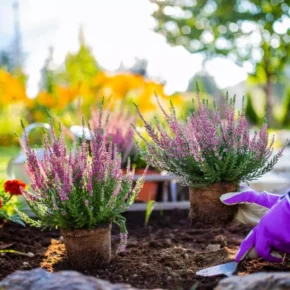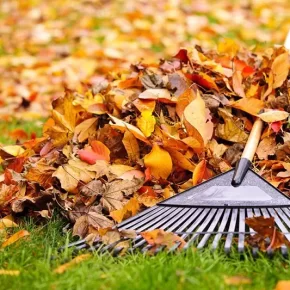Roses are a real decoration of any garden, but they need proper care before the onset of cold weather.
Winter can be a stressful period for plants, so it is important to provide them with optimal conditions so that they can survive the frosty season and delight with their flowering again in the spring.
1. Pruning roses before winter

Pruning helps roses survive the winter better, prevents the development of diseases and promotes the formation of strong shoots.
- When to cut?
Start pruning in October or early November, when temperatures consistently drop to +5 °C. Do not prune in advance, so as not to stimulate the growth of new shoots. - How to cut correctly?
- Remove all weak, diseased and dry shoots.
- Shorten the main stems by 30-50 cm.
- Cut at a 45° angle above the outer bud.
- Treat all cuts with horticultural decoction to avoid infection.
- What to do with the leaves?
The leaves remaining on the plant should be cut off, and the fallen ones should be collected and destroyed. This will help prevent the spread of fungal diseases.
2. Warming of roses

Warming is necessary to protect the root system and the lower part of the stems from frost.
- Mulching
Pour a layer of mulch (up to 10-15 cm) around the base of the bush. Use dry peat, humus or pine bark. This will create an additional insulating layer. - Pouring
dry soil, sand or a mixture of soil and sand to the base of the rose in a layer of 20-30 cm. - Shelter
- For tea-hybrid and other heat-loving varieties, use a frame made of wire or wood.
- Cover the bushes with agrofibre, burlap or spruce sapling. Avoid using plastic wrap as it is not airtight and can cause rotting.
3. Protection from frost and pests

- Protecting the roots from the cold
If there is little snow in winter, additionally insulate the roots with straw or leaves. - Protection from rodents
Wrap the lower part of the stems with non-woven material or use special nets. This will protect the plants from hares and other pests. - Disease prevention
Before shelter, treat roses with a fungicide to avoid the development of fungal infections.
4. Peculiarities of caring for different types of roses
- Hybrid tea and floribunda.
These varieties are the most sensitive to frost. Cover them more thoroughly, providing multi-layered protection. - Climbing roses
Remove the whips from the support, lay them on the ground, having previously laid a layer of sapwood, and cover. - Park roses
These species are hardier, but young bushes also need insulation.
5. What to do in the spring?
In the spring, gradually open the roses so that they do not get sunburned. Remove the shelter in cloudy weather, when the threat of severe frost has passed. Cut off the damaged shoots, fertilize the soil and loosen it.
Preparing roses for winter requires time and effort, but the result is worth the effort. By following these tips, you can protect your plants from frost and ensure a healthy start to the next season. Careful care is the key to the luxurious flowering of your roses!















